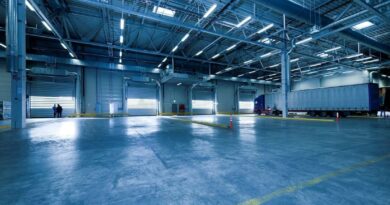Slovenian construction until 2014
Following a boom in 2007 and 2008, the Slovenian construction was hit one of the hardest in the whole European Union. It even fell below the levels recorded before the boom and a way below its potential. It achieved such lows that a rebound should follow in 2013.
The residential market seems to be continuing to slump. There is still a massive stock of unsold and empty dwellings on the market, which prevent residential construction to restore. Demand for dwellings is latent and hindered by more difficult mortgage market conditions owing to the banking crisis in Slovenia. Most potential buyers of residential property are expecting considerably lowered property prices. They have been on the decline since 2008 in real terms, but they still remain higher than expectations. With a lack of demand and a huge stock of unsold apartments, there is no need for increased supply; there are almost no professional real estate developers left as of now. The market is to stay depressed until 2014 dominated by individual residential developments and will continue to represent a drag on construction activity for several years.
Non-residential constructionhas been closely connected to the overall investment climate of the Slovenian economy. It has suffered a major decrease in aggregate and mainly construction investment, but should return to growth as soon as investment expenditure is reactivated. This will depend on public, as well as private investments. As the government is predicting massive public investments into some segments, (often financed from the EU Cohesion Fund), non-residential construction might bottom out in 2012 and grow afterwards.
As to civil engineering investments, they were hammered not only by the recession, but also by the completion of the largest civil engineering programme in the country’s history; the highway network construction. Its completion was going to represent a huge drop in civil engineering and by coinciding with the onset of the economic turmoil, it made the effect far worse. However, as several civil engineering projects are forecasted to be launched in the near future, the sector might be the first to see a recovery. This will depend on the availability of finances for high-volume projects. Both public and private investors will be needed, but the worsening of the crisis (risky environment or lack of funds) could lead to their reluctance to invest. Nevertheless, it seems more likely that at least a few large-scale civil engineering projects will start over the forecast period, thus turning around the fortunes of the whole construction industry in Slovenia. This means that construction activity in Slovenia will exit from depression by 2014, although it will remain far below the levels reached in 2007 and 2008.
(write: BUILDECON)
































